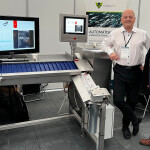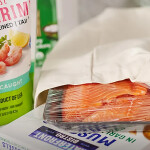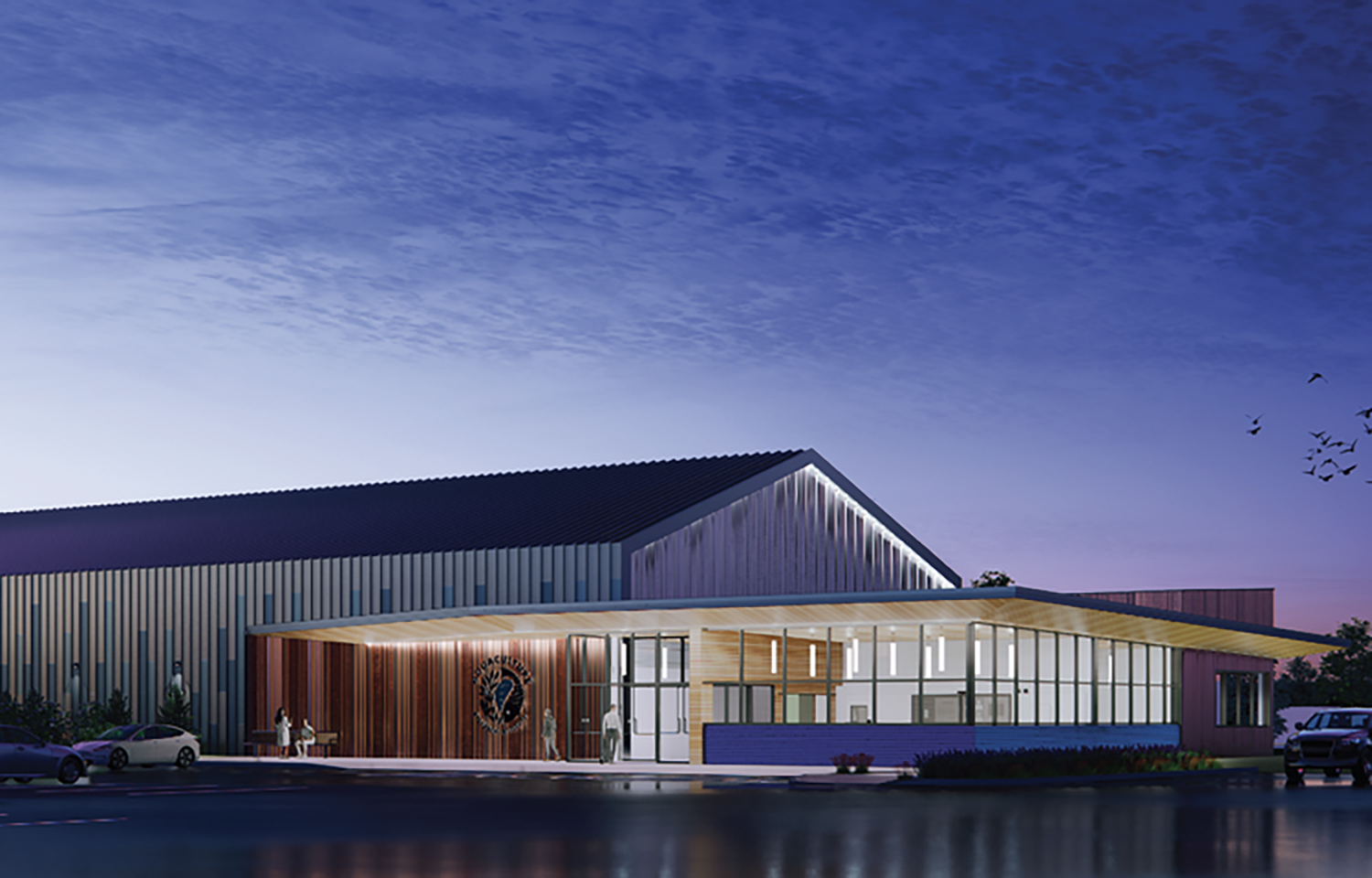The U.S. state of Maine’s USD 137 million (EUR 124 million) aquaculture industry is attracting investment and creating new job opportunities, but filling those jobs as fast as they’re opening has become an issue.
The Maine Aquaculture Association estimates that based on current growth trends, aquaculture businesses statewide will be short 1,300 employees 15 years from now, making workforce development a crucial issue for the industry if it wants to expand as planned.
“The lack of a trained workforce could jeopardize Maine’s aquaculture future,” a 2022 Gulf of Maine Research Institute study on the issue said.
To get ahead of the troubling trend, the state is stepping in.
In July, the University of Maine announced it would begin designing and engineering a state-of-the-art Sustainable Aquaculture Workforce Innovation Center (SAWIC) facility in Orono, Maine, after securing over USD 10 million (EUR 9.1 million) in state and federal funding.
U.S. Senator Susan Collins (R-Maine) and and U.S. Senator Angus King (I-Maine) helped secure USD 7 million (EUR 6.4 million) in federal funds for the facility, and the state is pitching in an additional USD 3.35 million (EUR 3.04 million) in construction funds through the Maine Jobs and Recovery Plan.
Development of the new facility, which is expected to get underway in 2025, coincides with the launch of Calais, Maine-based Washington County Community College’s (WCCC) new two-year Aquaculture Technology program, in September. The program is the first of its kind in the state, offering 10 courses tailored to students seeking to pursue careers in the aquaculture industry.
WCCC has announced the program will offer courses covering topics such as farm site selection and marine biosecurity, while the University of Maine’s new SAWIC facility will give students opportunities to work on small-scale working models of commercial aquaculture facilities, helping to build technical skills.
Educators and industry representatives are hoping that more opportunities for students to get classroom exposure and hands-on training will help the aquaculture sector avert the looming labor shortage.
“Our next big job is to just make people aware that [these programs] exist,” Anne Langston Noll, associate director at the Maine Aquaculture Innovation Center (MAIC), told SeafoodSource. “We need to continue building relationships and connections, building those pathways for students from high school through community college into employment.”
The two programs look to build upon many existing workforce development programs that have emphasized giving apprentices a feel for the industry’s culture just as much as building hard skills. MAIC, for example, piloted a summer apprenticeship program that placed three high school students at local aquaculture farms.
“Many of the students who do those internships in the summer [say], ‘You know what, that is not for me.’ That's OK,” Langston Noll said. “That's partly what career awareness is about … it's getting students out to actually see what it looks like and envision themselves in that place of work.”
Tom Sorby, operations manager at fish-farming firm Kingfish Maine, stressed the importance of these types of programs but also said there’s ...







